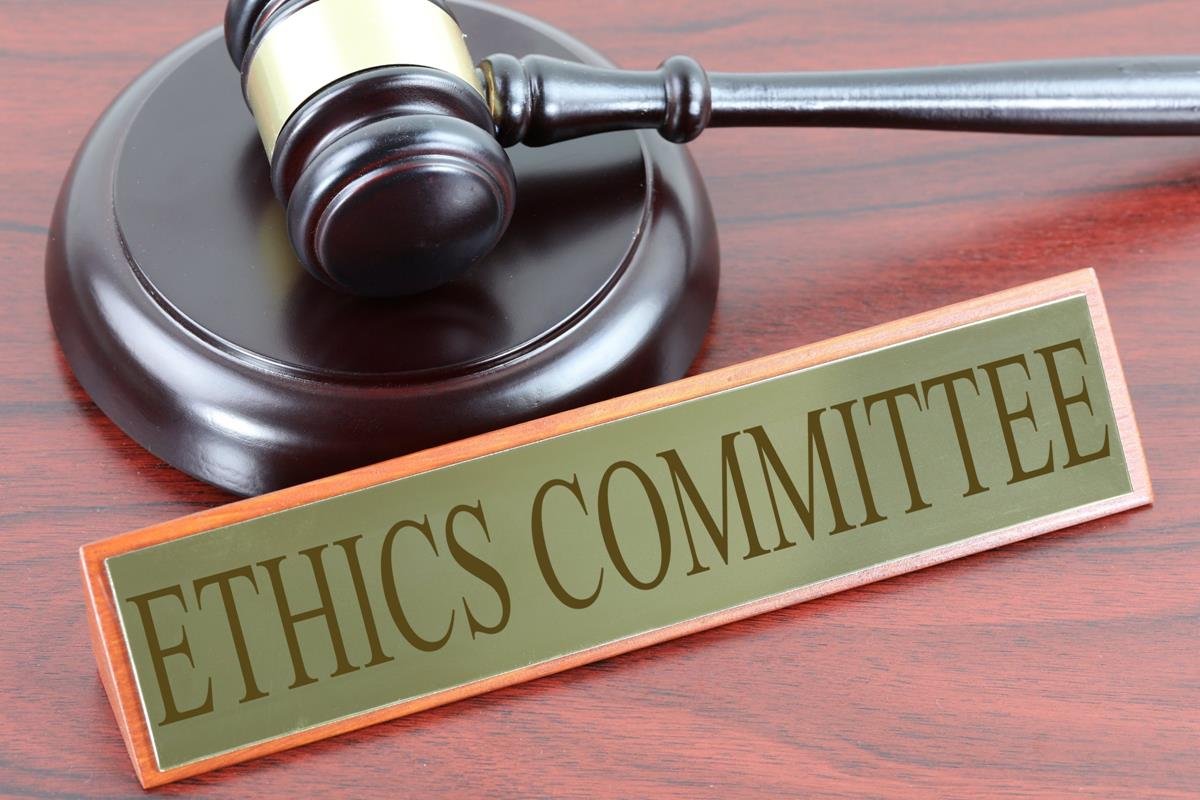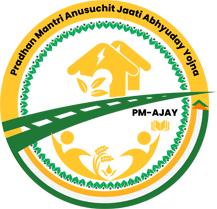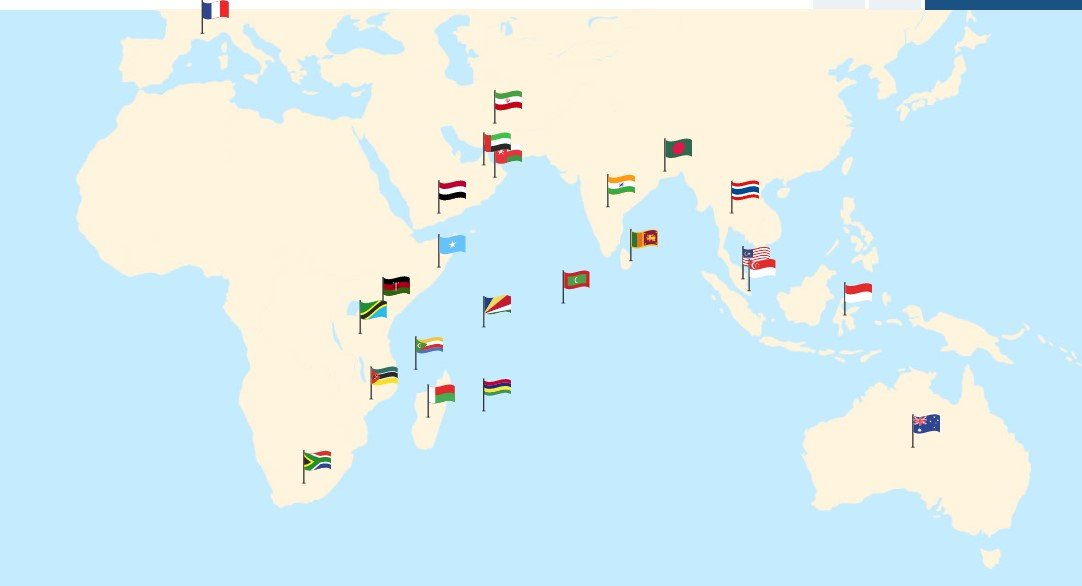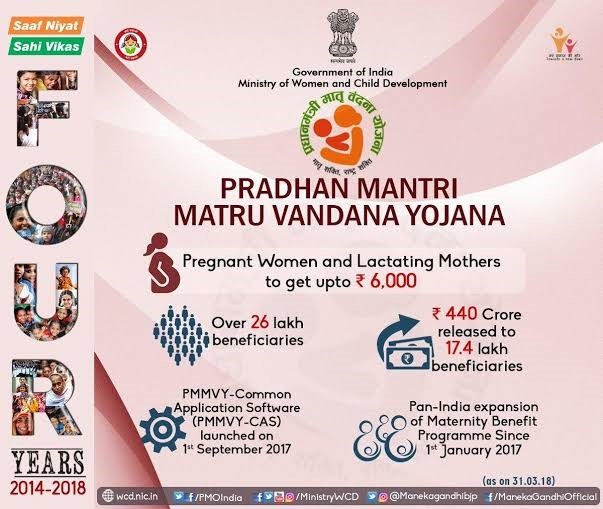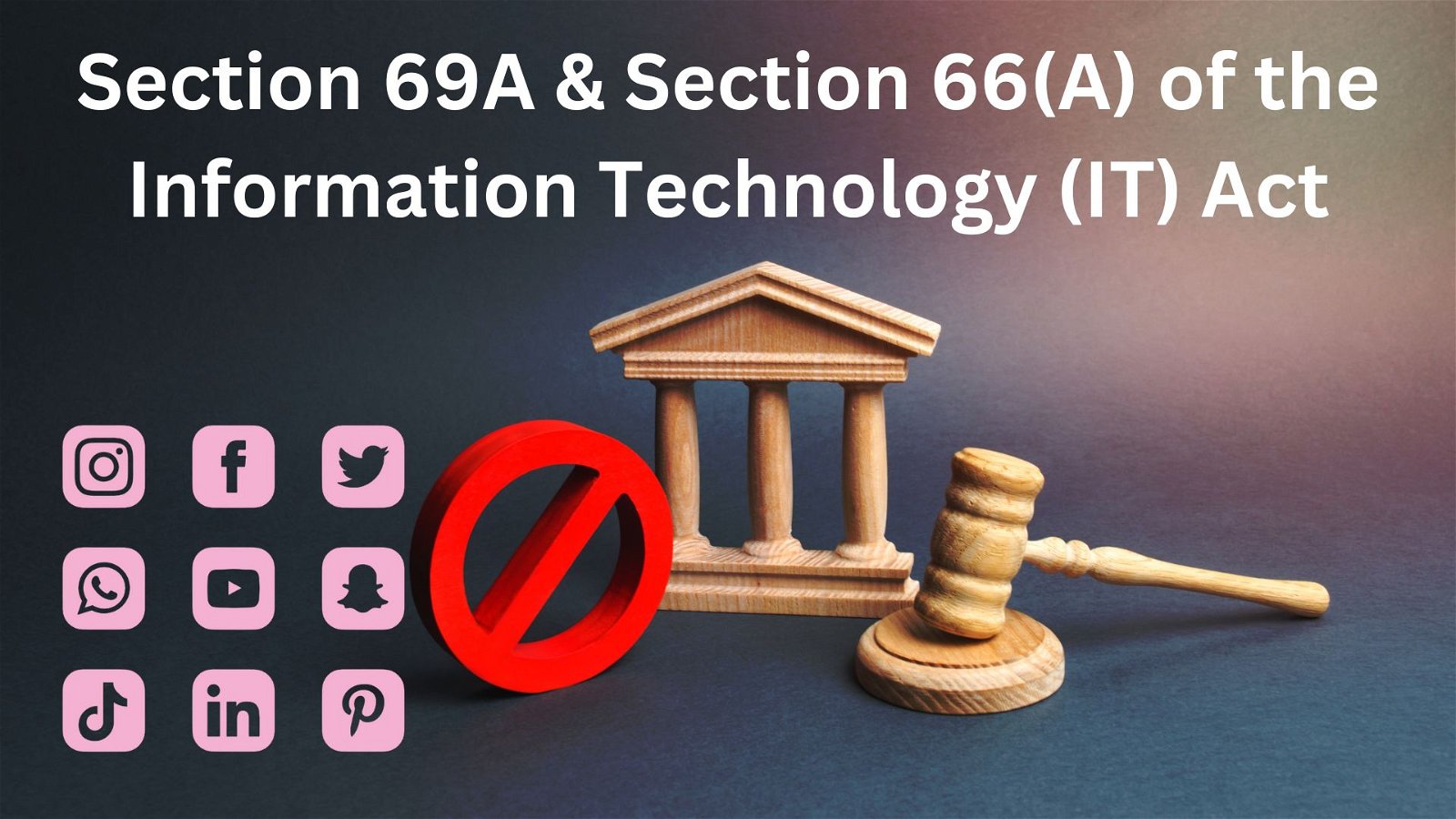
Renewable Energy
Subscribers of "Current Affairs" course can Download Daily Current Affairs in PDF/DOC
Subscribe to Never Miss an Important Update! Assured Discounts on New Products!
Must Join PMF IAS Telegram Channel & PMF IAS History Telegram Channel
- Context (PIB | PIB): The Ministry of Natural and Renewable Energy (MoNRE) has taken several steps to smooth a transition to renewable energy and increase production.
Steps Taken by MoNRE
National Green Hydrogen Mission (NGHM)
- It aims to incentivise green hydrogen commercial production and position India as a net fuel exporter.
- Sub-schemes of NGHM:
- Strategic Interventions for Green Hydrogen Transition Programme (SIGHT): It will fund the domestic manufacturing of electrolyzers and the production of green hydrogen.
- Green Hydrogen Hubs: Regions capable of supporting large-scale production or utilisation of hydrogen will be developed as Green Hydrogen Hubs.
- Strategic Hydrogen Innovation Partnership (SHIP): It is a PPP framework for R&D.
|

Production Linked Incentive (PLI) Scheme for National Programme High-Efficiency Solar PV Modules
- National Programme on High Efficiency Solar PV Modules aims to build an ecosystem for manufacturing of high efficiency solar PV modules in India and reduce import dependence.
- PLI Scheme for National Programme on High-Efficiency Solar PV Modules is being implemented to achieve Giga Watt (GW)-scale manufacturing capacity in high-efficiency solar PV modules.
Production Linked Incentive (PLI) Scheme
|
Pradhan Mantri Kisan Urja Suraksha evam Utthaan Mahabhiyan (PM-KUSUM)
- The PM-KUSUM scheme subsidises farmers to install solar irrigation pumps for cultivation.
- Aim:
- Increase the income of farmers
- Provide sources for irrigation
- De-dieselising the agricultural sector
Grid Connected Solar Rooftop Programme
- The scheme aims to generate solar power by installing solar panels on the roofs of houses.
- Under the Phase II, a consumer gets a subsidy of 40% for 1-3Kw and 20% for above 3Kw capacity.
CPSU Scheme Phase II (Government Producer Scheme)
- The scheme aims to set up grid-connected Solar Photovoltaic (PV) Power Projects by Central and State PSUs and government organisations.
- The power produced is self-used or used by Government/ Government entities directly or through Distribution Companies (DISCOMs).
Solar Parks and Ultra Solar Power Projects
- A solar park is a large land area with shared infrastructure such as transmission facilities, roads, water, drainage, communication networks, and necessary statutory clearances.
- The scheme aimed to establish a minimum of 25 Solar Parks and Ultra Mega Solar Power Projects.
- The scheme’s capacity was enhanced from 20,000 MW to 40,000 MW.
- These parks are proposed to be set up by 2025-26.
Green Energy Corridor (GEC) Scheme
- GEC was launched to synchronise electricity produced from renewable sources with conventional power stations in the grid.
- It comprises both Inter State Transmission System (ISTS) and Intra State Transmission System (InSTS), along with the setting up of a Renewable Energy Management Centre (REMC).
Green Term Ahead Market (GTAM)
- GTAM platform provides access to the pan-India market of renewable energy (RE).
- The benefits are:
- Allow additional avenues to the RE generators for the sale of RE
- Enable Obligated entities to procure renewable power at competitive prices to meet their Renewable Purchase Obligations (RPO)
- Provide a platform for environmentally conscious consumers and utilities to buy green power.
Renewable Purchase Obligation (RPO)
- The Electricity Act 2003 (EA 2003) and the National Tariff Policy 2006 mandates RPO.
- RPOs are categorised as Solar and Non-Solar RPOs.
- RPO mandates obligated entities to procure a specific percentage of electricity from Renewable Energy sources relative to their total consumption.
- Obligated Entities include Discoms, Open Access Consumers and Captive power producers.
National Bioenergy Programme
- This programme provides Central Financial Assistance (CFA) for power generation, Biogas/BioCNG generation, and briquette/pellet manufacturing, wherein biomass is one of the major feedstock materials, which shall primarily be sourced from rural areas.
- It comprises of the following sub-schemes:
- Waste to Energy Programme: To support the setting up large Biogas, BioCNG, and Power plants.
- Biomass Programme: To support setting up pellets and briquettes for biomass-based power generation projects.
- Biogas Programme: To support setting up family- and medium-sized biogas in rural areas.
Pumped Storage Projects
- Pumped Storage Hydropower (PSH) is a hydroelectricity storage system.
- Recognising their significant role in grid stabilisation and addressing peak power demand, guidelines have been formulated to promote Pumped Storage Projects (PSPs)
- MoNRE seeks to promote PSPs across the country with proactive support of the State Governments.
Other Steps Taken
- Permitting Foreign Direct Investment (FDI) up to 100% under the automatic route.
- Waiver of Inter-State Transmission System (ISTS) charges for inter-state sale of solar and wind power for projects to be commissioned by 30th June 2025.
Benefits of these Steps Taken
- Help achieve net-zero target by 2070: It is one of the Panchamrit presented by India in COP26.
- Justify India’s position in COP28: India has refrained from signing the pledge to triple the world’s renewable energy capacity by 2030 because it wanted a smooth transition to renewables rather than a drastic one. These steps will help to achieve it.
- Solve infrastructure issues: e.g., Green Energy Corridor
- Address grid stabilisation issue: Renewable energy like wind, solar, and hydro are seasonally available, so they cannot be trusted as a constant energy source. However, steps like Pumped Storage Projects help store this energy and regulate its use.
- Attract private players: e.g. PLI Scheme for National Programme High-Efficiency Solar PV Modules
- Lower carbon footprint: Around 57% of the electricity is fossil fuel-based.
- Generate green employment




![PMF IAS Environment for UPSC 2022-23 [paperback] PMF IAS [Nov 30, 2021]…](https://pmfias.b-cdn.net/wp-content/uploads/2024/04/pmfiasenvironmentforupsc2022-23paperbackpmfiasnov302021.jpg)

